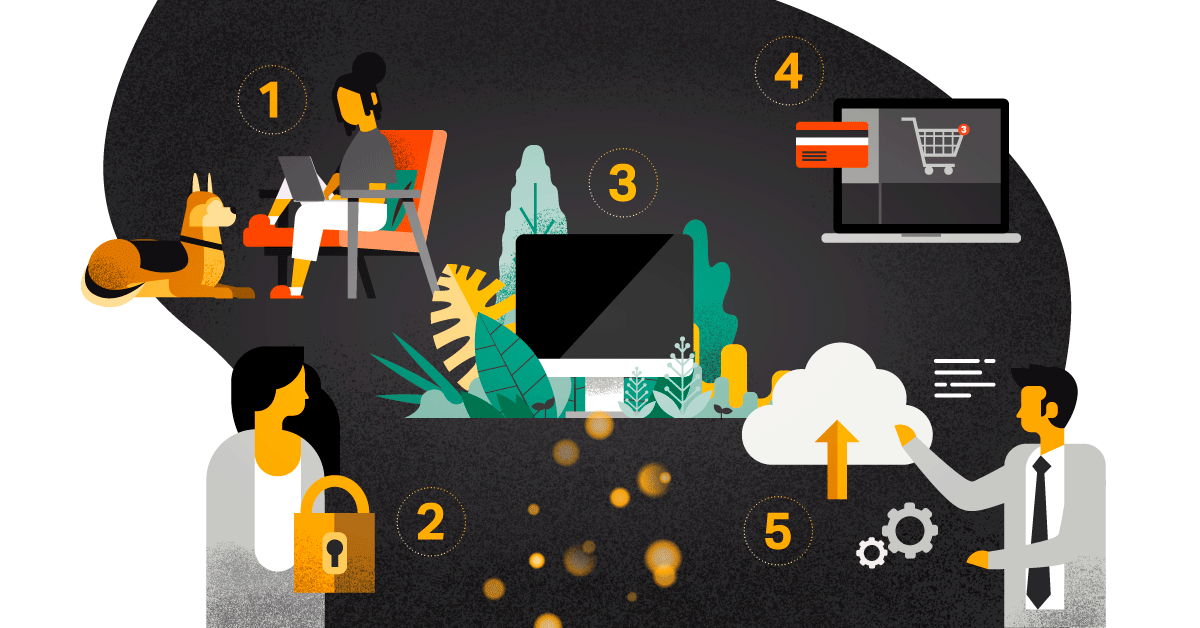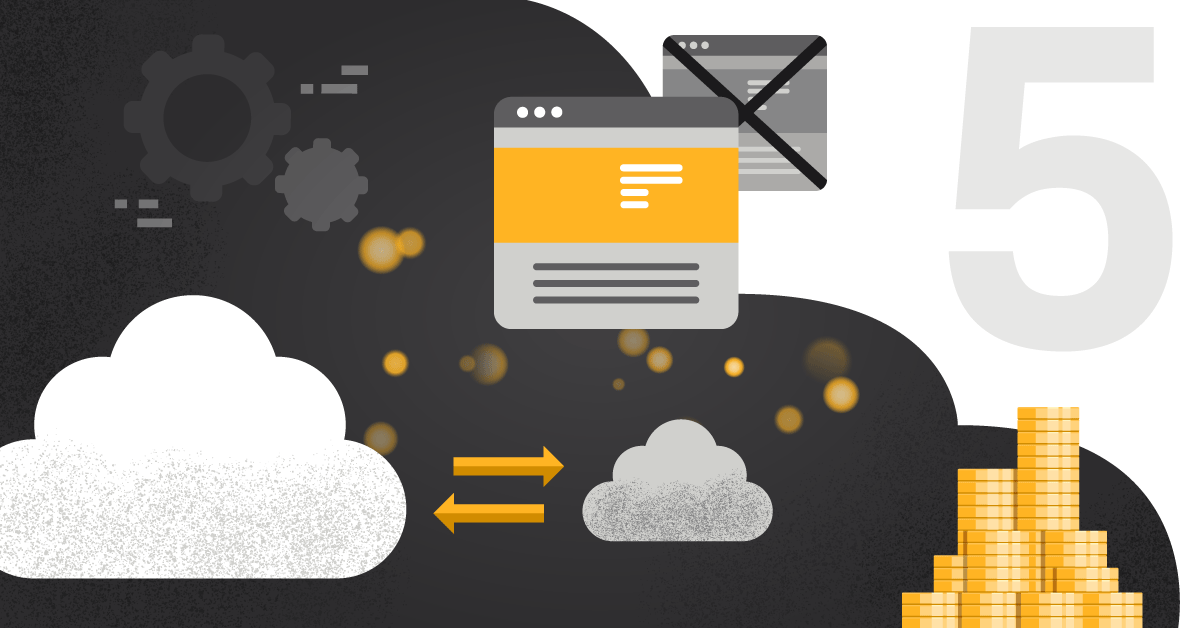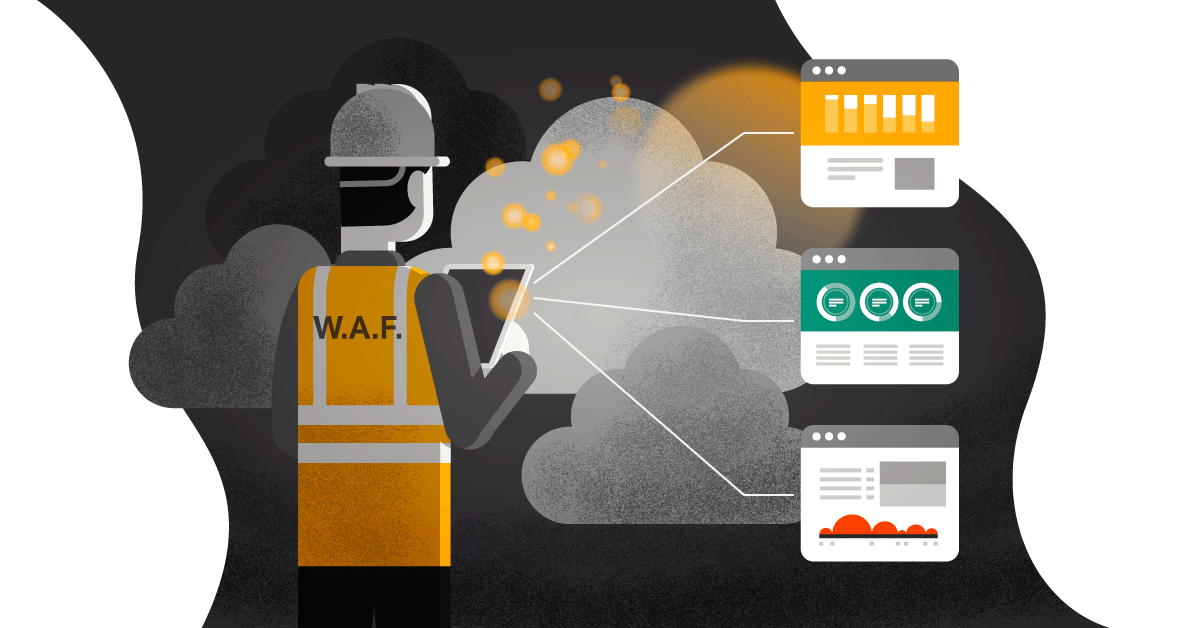
Which trends are presently surfacing when both private companies and the public sector in Denmark find their way back to the normal state after corona? Managing Director Jakob Høholdt provides his perspective.
At Sentia, we see digitalization as the core of any business. Therefore, our job is to stay one step ahead to lead the way within cloud technologies, management, and support. Here are some of the things we are keeping track of right now on behalf of our customers.
1) Mobility after corona
Truthfully: Before corona, few imagined implementing more flexible, and mobile strategies in private companies and public organizations at this pace would be possible. Even the most optimistic were surprised by how much changed in such a short time when many had to work from home.
It is my firm belief that it has been a real gamechanger. Both employees and leaders now have faith in an effective workday, even when working from home. But when you work within your home’s four walls, you also work outside of the company’s firewall, which requires attention.
At Sentia, we focus on how our customer’s cloud strategy aligns with the new normal, where more – also in the future – will be working outside the company’s perimeter.
Cybercriminals also follow the trends, and they are on a hunt for the weakest points. It applies to the security in endpoints such as a printer in the home office, which needs a new driver. Also, it applies to the use of “unauthorized” devices on the company’s network via VPN, and it applies to many points that have not been controlled as a part of the IT department’s security check.
Even if it is more relaxed walking into the home office in the morning, the IT-discipline must be held high to secure company data. Herein the user behavior and continuous training in the company’s security policies play a pivotal role.
2) Democratization of security
In continuation of the 2020s very hectic upgrade of mobility, work-from-home, video conferencing, and introduction of new, mobile tools to corporate, the focus on IT-security has increased. It is based on the rights and roles, which follow the individual rather than a specific location.
We are talking about democratization or individualization of IT-security. The fact that it is currently relevant is due to the combination of many new work locations, the increasing threat of cybercriminals, new attack methods, and increased use of the cloud.
“Companies and organizations are under increased pressure from more security fronts,” wrote Jesper Toft in Version2 and advocated to let protection follow the individual instead of the physical workplace. “From on-premise to on-target.” That is a protection that is independent of the time, place, and unit.
Many of the attacks are characterized by phishing, where users are lured into opening back doors to the company. Therefore, the personal - the human - factor is paramount. If you combine this approach with extensive automation so that different devices automatically update their defenses and ask for passwords, you are already far.
All this can be combined with a far-reaching use of policies and labeling of files, making it difficult for employees to do something wrong. Add monitoring to that, such as CTAP, which detects suspicious behavior within the company’s network traffic, and you will be closer to a carefree everyday life after corona.
3) Green IT – is it now?
As for sustainable “green,” IT has been a long time coming. But now it is safe to say the green agenda has punched through. The public sector was the first mover to set requirements for suppliers and partners to use green energy. Still, companies are now integrating sustainability obligations into their tenders and contracts across a broad spectrum. Our carbon footprint must be reduced.
I am happy to say we have our things in order at Sentia. We continuously replace old technologies with new, more energy-saving ones, and our data center distributes surplus heat to as many as 300 homes. Today, as energy buyers, we significantly influence the type of energy we buy, and it must be as sustainable as possible. Preferably hydro power, wind power or solar energy.
Previously, energy just needed to be cheap, whereas today, everyone is judged on a broader scale. At Sentia, our CSR policies and results are closely examined by our customers, and it is my view that this is the case in a wide range of industries.
Fortunately, many things work to advance the green agenda. In the previous points, I have mentioned that increased video conferencing and remote work both are likely to stay. This will undoubtedly relieve rush hour traffic and result in a much-reduced need for transportation to and from physical meetings. Add to that, for example; new storage systems are extremely energy efficient with their SSDs instead of traditional hard drives that use much more power. It looks brighter already today.
4) Boom in e-commerce
It is essential not to downplay the challenges – also economically– that the corona crisis has caused. Many industries hit a wall with the country’s lockdown, and there is no doubt that it will be a while to restore the economy. On the other hand, there was a significant exception.
E-commerce experienced an undoubted boom that most likely will maintain its high levels within this sector. Dedicated webshops have increased their customer base. Many others have prioritized their online presence and services compared to 19 due to the massive consumer demand within various product ranges.
As cloud specialists, it is also crucial to keep track of whether customers’ cloud strategies can match ambitious online sales goals. Can the website withstand high traffic waves? Are security and operational continuity guaranteed 24/7, and is the entire system top-tuned for a massive increase in inquiries and sales?
With Ymor as part of Sentia, I need to highlight our expertise in the performance optimization of applications. The solution was often to set up more hardware and, therefore, we can dive deep into performance analyses and find faults that can result in slow response times or downtime.
It is a fact that online customers today are very disloyal. If they do not find what they are looking for, they can search other sales channels with just a few clicks. If companies have the majority or perhaps the entire business online, they are very vulnerable if they have not ensured extremely short response times 24/7/365.
5) Mobilizing for the cloud
How much expertise is required to have in-house, and how much do you need to source externally? This question has been faced by all IT-departments when it comes to development and operations as well as the balance between internal resources and external partners. There is no silver bullet, but right now, the question is extremely relevant.
More companies than ever have completed a migration to the cloud, and many plans to do so. The large cloud platforms offer many attractive tools for application development, and you get access to exciting things like AI and Machine Learning, etc. Many IT-employees are ready to throw themselves over it, but it is essential to ask yourself where to draw the line.
Certified external partners not only deliver hands and feet but are also committed to keeping up to date with all the changes and improvements that cloud providers are continually launching. Therefore, external resources can offer relevant and current competencies, which the internal employee rarely can follow. Internally, it is essential to include an operational focus in the solutions and maintain focus on the business. You get more freedom to do this when you have a competent external partner on the team.
A good example is the principles of the big platforms for Cloud Billing. Our job as a partner is to ensure our customers’ use of the cloud is reflected fairly when there are changes in pricing models. Therefore, we point to the value of involving external cloud expertise in the work.
Finally, I urge you to account for your resources and combine them with external specialists into a balanced model that benefits your business in the best possible way and ensures progress in your projects.



